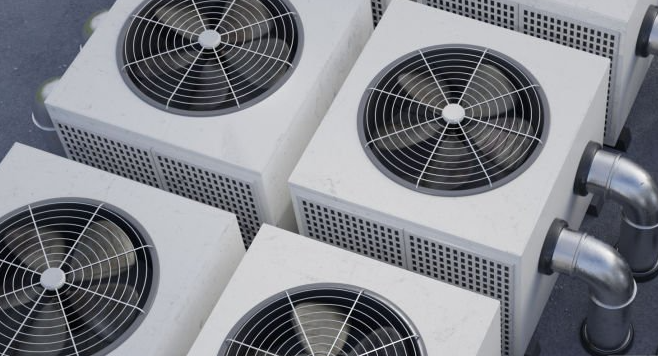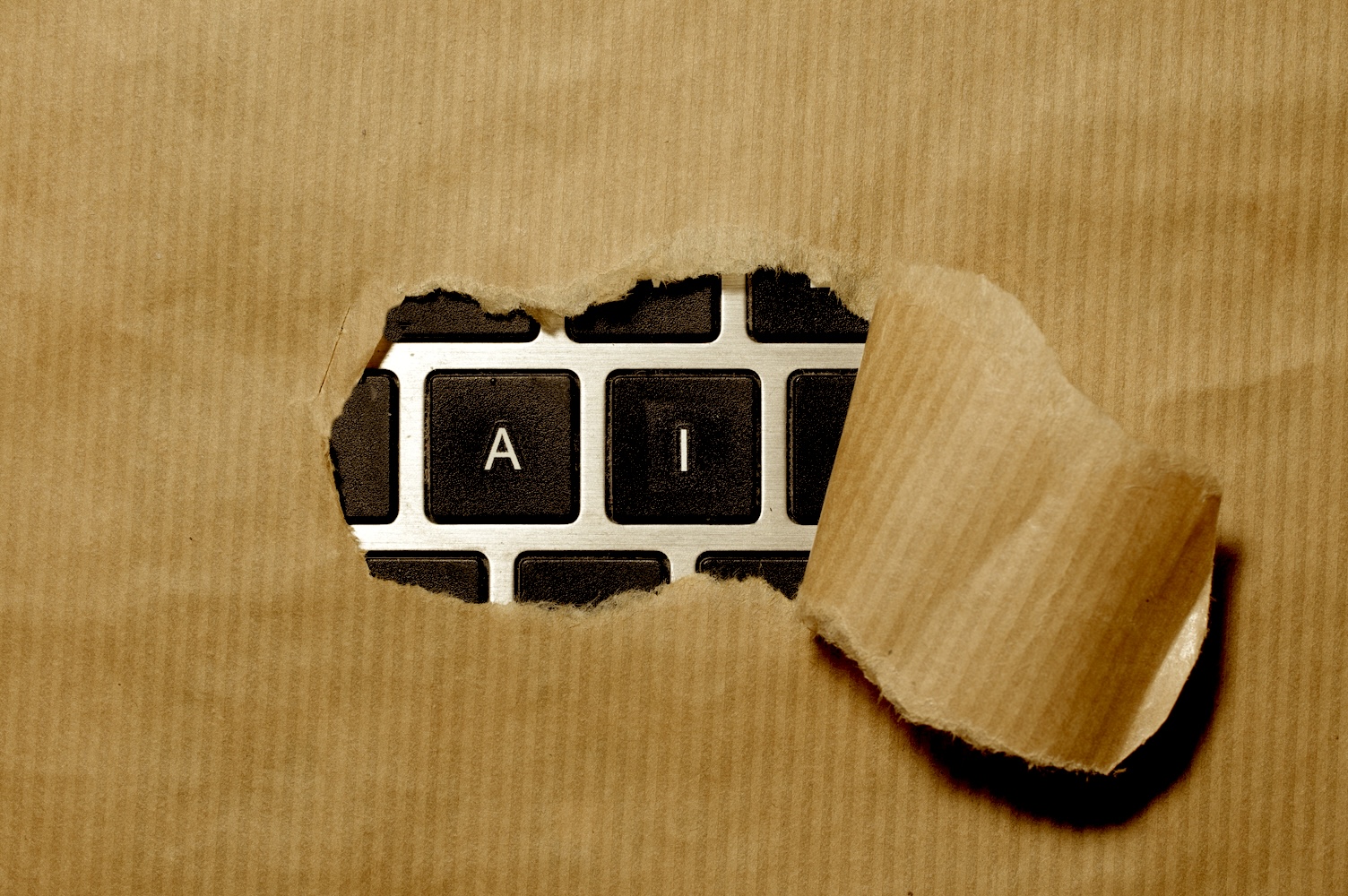Embracing the Circular Economy: Sustainable Solutions for a Greener Future in Singapore

While the global population is increasing day by day, the resources are shrinking. Therefore, living sustainably has become more relevant now. As such, Singapore leaps into embracing the circular economy with out-of-the-box thinking and commitment to sustainable living. This innovative paradigm advocates much reduction in waste, reusing resources, and regenerations in natural systems to build up a very sustainable future for successive generations.
At Fraction, the people are a part of this movement, leading change with creative solutions complementary to the principles of the waste-free economy. Let us now see what the recycle-reuse economy is, why it is necessary in Singapore, and what its contribution is to a greener future.

Understanding the Concept of the Circular Economy
The circular economy is one in which an integrated approach to economic development gives the highest priority to sustainability: designing the generation of waste and pollution, maintaining products and materials in use, and regenerating natural systems rather than the linear economy of produce—use—discard.
Principle of Circular Economy
In order to apply the concept of a waste-free economy fully, there’s a need to understand some key principles. Guiding principles of sustainability build a premise on which systems are built that minimize waste, preserve resources, and even regenerate the environment. In applying these principles, the hope is to inspire others to also implement similar sustainable practices.
- Long-lasting design: When venues and products are built to last, they will have the possibility of sustaining over time. The goal should be to design things that are beautiful, repairable, and upgradable. This process extends the life span of materials by reducing or minimizing the need for renovation, which saves resources in the process.
- Resource Efficiency: In this economy, everything must be put to maximum use. In this case, materials would imply reutilization, recycling, and repurposing wherever viable. Focus should be to utilize recovered wood and recycled metals in interior design projects to prove that excellent results can be achieved in an eco-friendly manner.
- Regenerative Practices: A waste-free economy is inherently restorative; instead of just aiming to do no harm, it actively tries to restore nature. Regenerative practices in the context of an ecosystem enhance soil quality, thereby reducing degradation and restoring health. Similarly, sustainable work balances ecological restoration with economic development so that each of the projects leaves a net positive impact on the environment.
- Collaborative Consumption: Collaborative consumption develops the concept of renting, leasing, or sharing things instead of owning them; ownership-based patterns are abandoned. The idea brings reduced waste and efficient production. Implementing shared resources and modular designs in initiatives can help foster a more sustainable, share-oriented approach to consumption.
Each of these guiding ideas can help formulate solutions that are helpful to clients but friendly to the environment at the same time. Incorporating these principles into operations and designs allows companies to ensure that projects will meet modern life’s needs with minimal impact but in a manner that can be maintained.

The Importance of the Circular Economy to Singapore
Considering the physical and environmental limitations, there will hardly be any better beneficiary than the economy of Singapore. The commitment to sustainability proves that this policy will be vital for our future.
Scarce Natural Resources
Because of its small size and low availability of natural resources, Singapore has to import nearly all types of raw materials. This makes the country dependent, indicating that efficient recycling and effective utilization of resources will play a vital role in long-term viability.
Waste Management Issues
Presently, Singapore is classified as one of the cleanest cities in the world, although its waste management has become increasingly tricky. Its only landfill site, Semakau Landfill, is targeted to be completely used up by the year 2035. Transitioning into a circular economy will extend the lifespan of landfills and reduce waste simultaneously.
Climate Change Mitigation Commitments
As a party to the Paris Agreement, reduced carbon emissions has been a commitment of the country. In line with such goals, the energy use and extraction of resources have been reduced in a transition towards a waste-free economy.

Urban Development and the Circular Economy
The philosophy of resource-efficiency in this economy can be most effectively applied in the sector of Urban Development. The effect of this sector on sustainability is immense due to the fact that the cityscape of Singapore can be called very highly congested.
Green Buildings Materials
The application of sustainable building materials in building comes first. Sustainable exhibition agencies strongly support the incorporation of low-carbon cements, recycled concrete, and recovered woods for the purpose of green building material. This will result in offering more resiliency and durability to buildings and thereby reduce the footprint brought on by development to the environment.
Circulatory and Intelligent Cities
Quite simply, embracing technology lies at the heart of every sustainable city. Typically, companies work with urban planners to introduce integrated smart technologies that can afford resource efficiency. Energy-efficient HVAC, rainwater harvesting, and sensor-based waste management systems are other potential smart city examples of circularity.
Teaching Circular Practices to the Public
It has to be contributed by the community, something that cannot be driven solely by industry and government efforts. The focus is on empowering individuals and communities to make better, more sustainable lifestyle choices.
Events and Workshops
Companies that organise sustainable events run many workshops on the concept of the circular economy. In fact, they let them experience firsthand how they can contribute, such as upcycling or energy-saving actions, which allows people to comprehend in what ways they can make a difference in sustainability.
Collaboration with Universities and Schools
It is only by introducing the next generation that the future will be sustainable. In order to create awareness among the students, leading sustainable events companies expose them to the idea of a waste-free economy in an interactive workshop manner to inspire their creativity.
Digital Resources and Campaigns
Such companies digitally publish the advisory, case studies, and success stories of the circular economy to an even bigger audience. This ranges from blog articles and social media campaigns to teaching and inspiring people about subjects touching their personal power.

Application of the Circular Economy Principles within Businesses
Irrespective of the size, any business can take further steps toward bringing this concept into practice in everyday life. Let’s get them started with some definite ways it can be achieved:
- Redesign Procedures: Products are to be designed in ways that involve their whole life cycle to maximize resources and minimize wastes.
- Collaborate with Professionals: Engage other firms within our line of business on sustainability issues.
- Employee/Client Training: Educate our customers on the benefits of the circular economy.
- Digitalize: Using technology for real-time monitoring of waste reduction and increased efficiency of resources.
Conclusion
Transitioning to the circular economy is about commitment from all of us: the citizens, corporations, and governmental organizations. By adopting sustainable behaviors and supporting projects, we will be able to reduce waste, save resources, and make the earth a healthier place. The call for a greener future is a duty rather than a choice.










